For a couple of reasons, I love wordless books. The art allows readers to use their imagination to propel the story further and gives the artist a chance to use nuanced expressions that might otherwise be filled in by words. Jim Curious and the Jungle Journey is a wordless book with a twist. It’s a little bit Indiana Jones, Fury Road, and steampunk, but is in 3-D. That might seem gimmicky, but the effect really works. As a matter of fact, the 3-D effects in Jim Curious are so effective that you’ll be scratching the pages to see if they’re really lenticular photographs.
Lenticular photos are those photographs that appear to have their subject move as you, or the image change perspective. Dan Kainen has a fabulous series of books about wildlife using this technique. When I was a kid there were also some trading cards that used an earlier form of that technology.
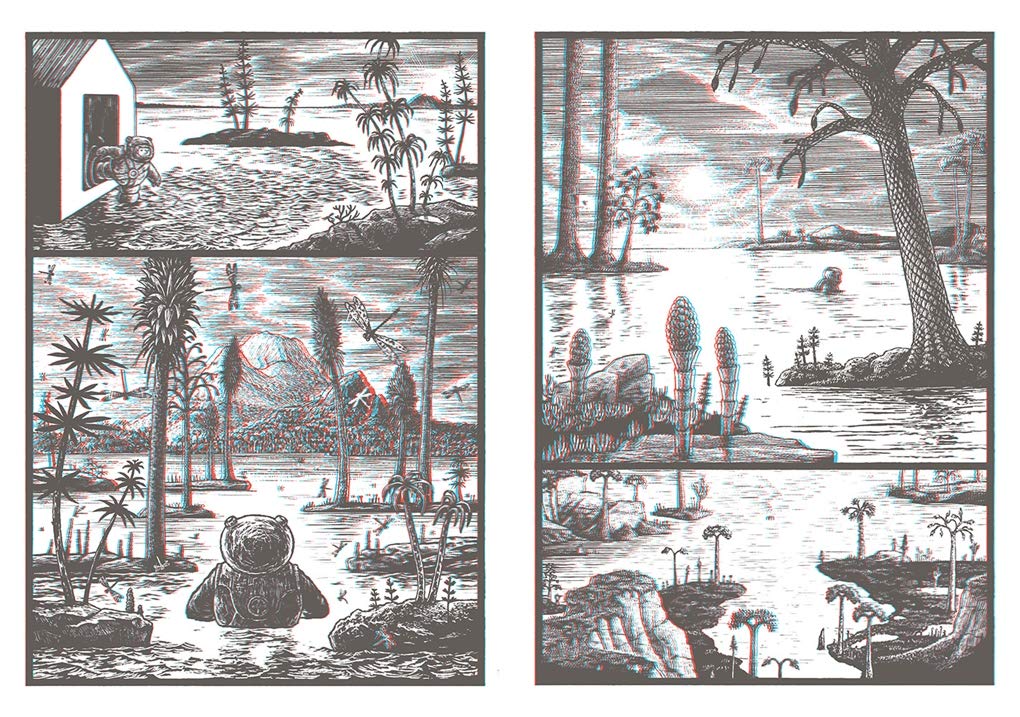
If you look at Jim Curious and the Jungle Journey without the 3-D glasses it will look like a disjointed mess and most likely give you a headache. I’m not even sure why posting images in the post are of any value. THEY DO NOT LOOK LIKE THIS WHEN YOU USE THE GLASSES. What you should do is go to the back cover and use one of the two pairs of supplied 3-D glasses, then open the book.
On the first couple of panels, you’ll see Jim as he’s waking up from bed. He lives near the coast with an idyllic lighthouse that’s just outside of his quaint home. A dragonfly has landed on his head and he’s wearing what looks like a spaceman suit. The suit is padded, quite thick and if it weren’t in the shape of an ‘X’ on his chest he’d resemble the Stay Puft Marshmallow Man.
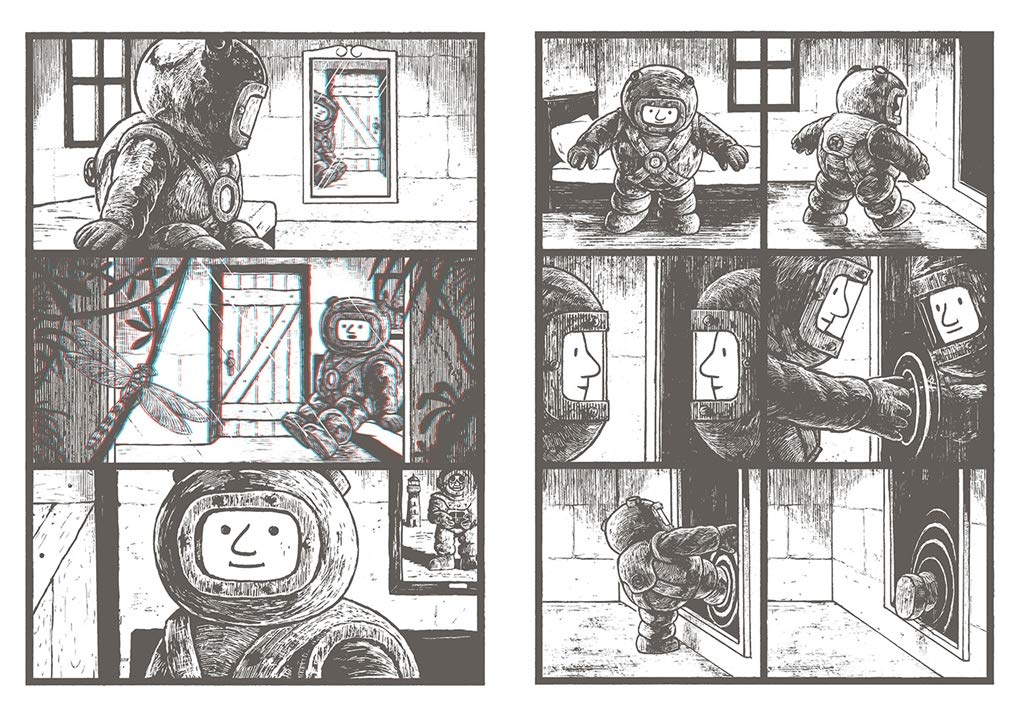
It’s when Jim leaves his house, through a mirror on the wall; that the 3-D magic takes off. He wades a couple of steps into a body of water and heads towards a massive mountain. The huge trees have scales that mirror a 50-story snake. As he walks towards the mountain things get darker, actual snakes appear, baboons the size of cars come down from the trees, Aztec-looking temples are explored, and more. There’s a buoy he has to walk past that’s on a dried-up lake bed. Jim is trying to get to a bright light that’s just beyond a small shack. He knows that he has to enter that shack, but what will he find when he goes in?
Jim Curious and the Jungle Journey is a wordless book, and by definition depends entirely on its images. If you’re new to wordless books that do not mean that they’re devoid of emotion, action, development, or story. The climax in Jungle Journey is a great example of that is the fact that it happens six pages before the end of the book. The ending is also very trippy and would be at home if Pink Floyd were played as you were reading it. In addition to a trippy ending, it’s also fabulous, makes you question things, and begs you to re-read the book again just to see if you missed something.
I was incorrect in my original ‘gimmick’ label with Jim Curious and the Jungle Journey. In hindsight, I would refer to the 3-D aspect as more of a feature that requires those 3-D glasses in order to enjoy it. This is a book that requires a moment to fully appreciate it, but when you do it’s akin to a light going off and that “A-HA” moment when you understand something wasn’t immediately evident.
Jim Curious and the Jungle Journey is by Matthias Picard and on Abrams Books for Young Readers, an imprint of Abrams Books.
There are affiliate links in this post.

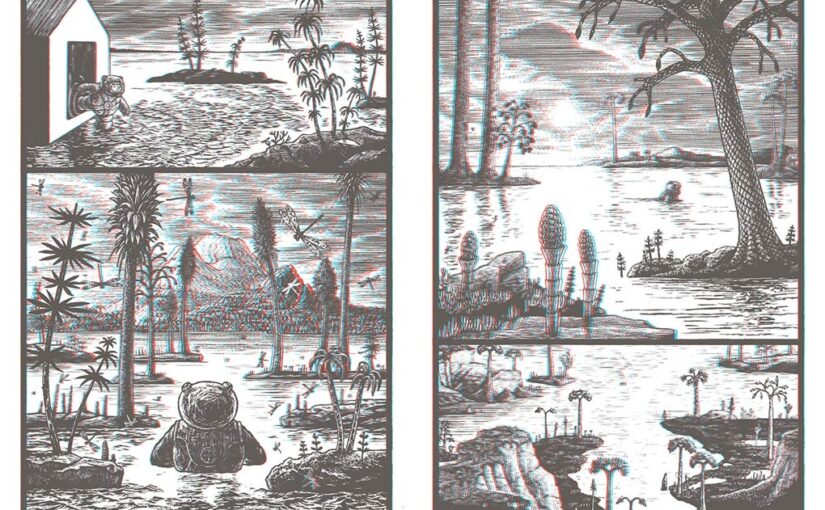
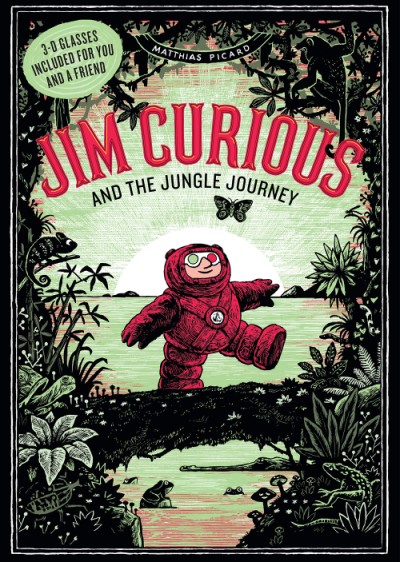


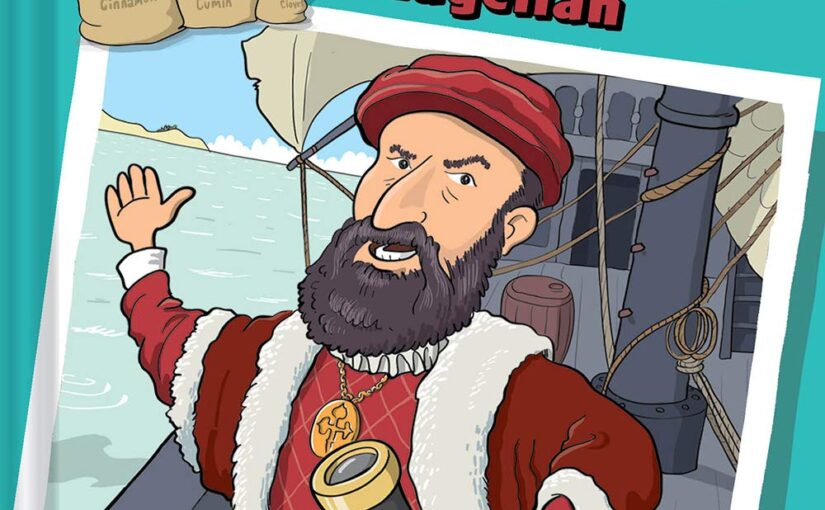
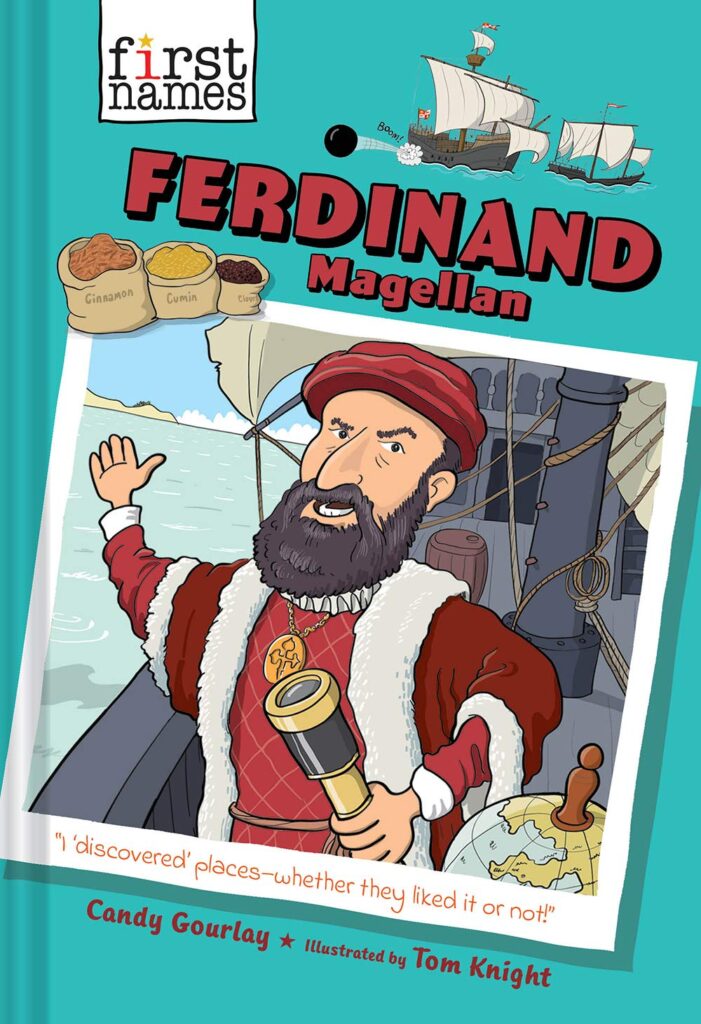
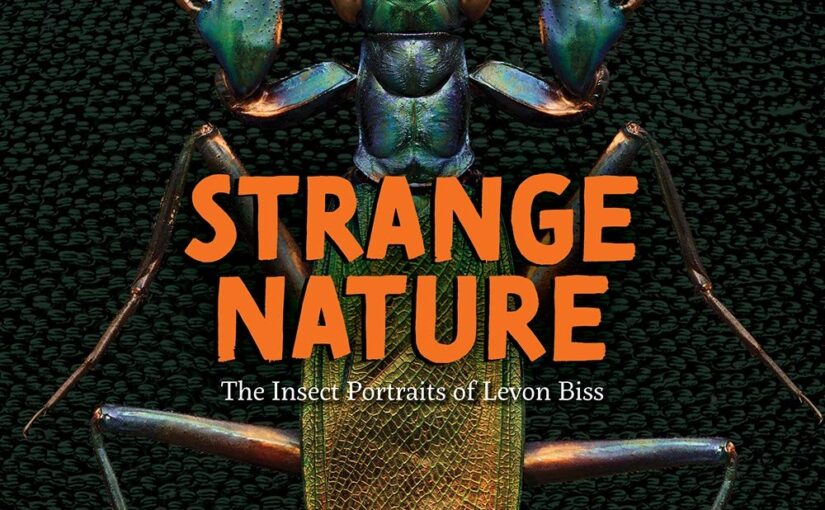
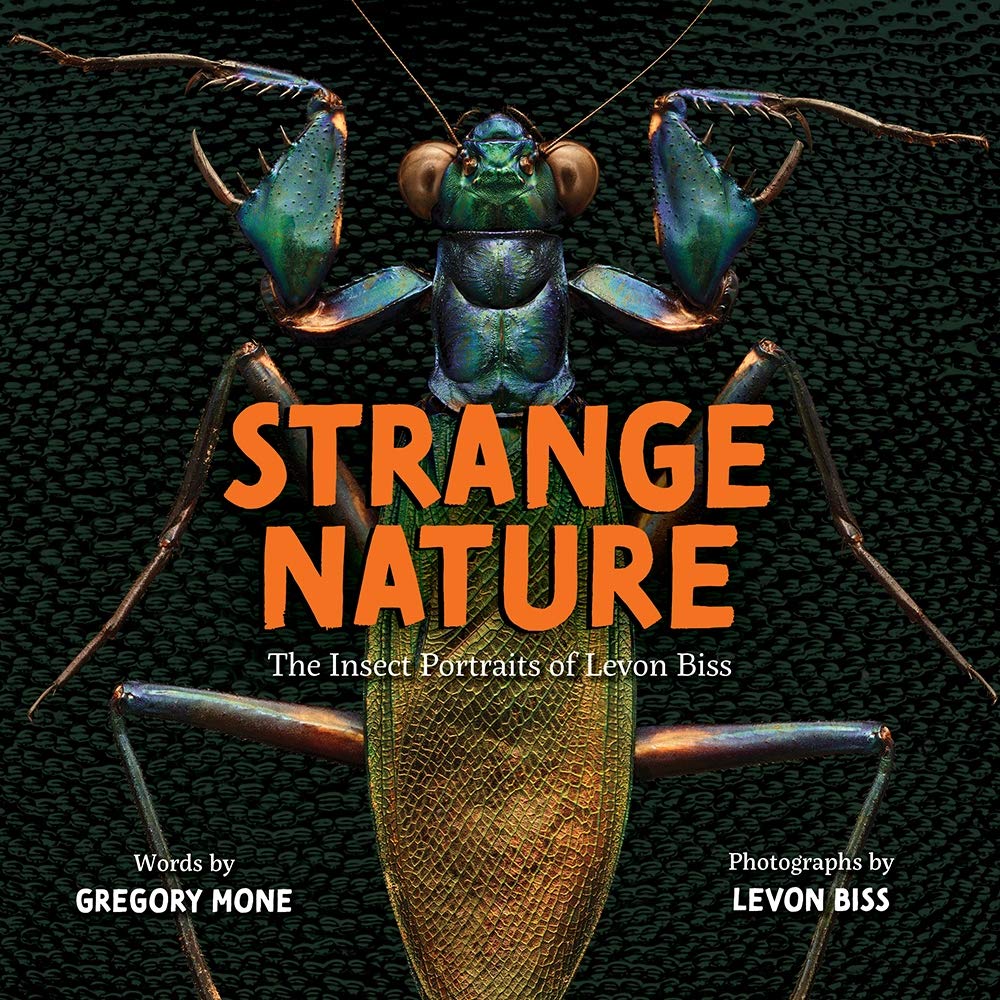
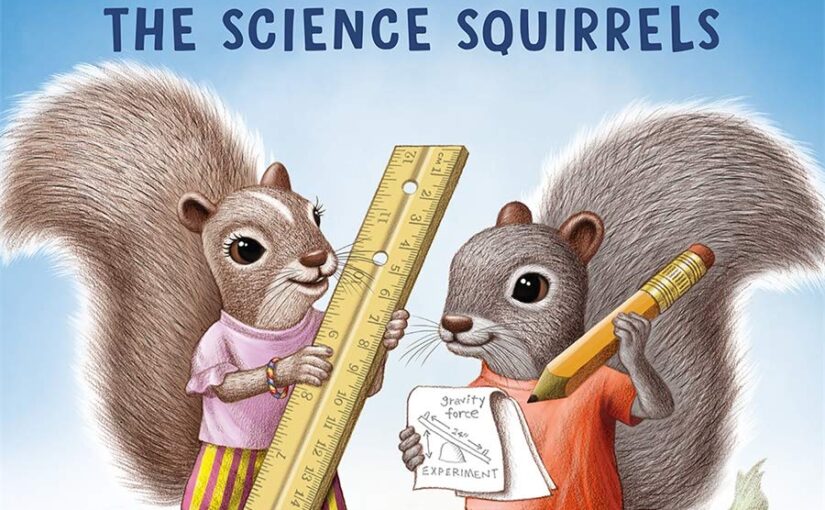
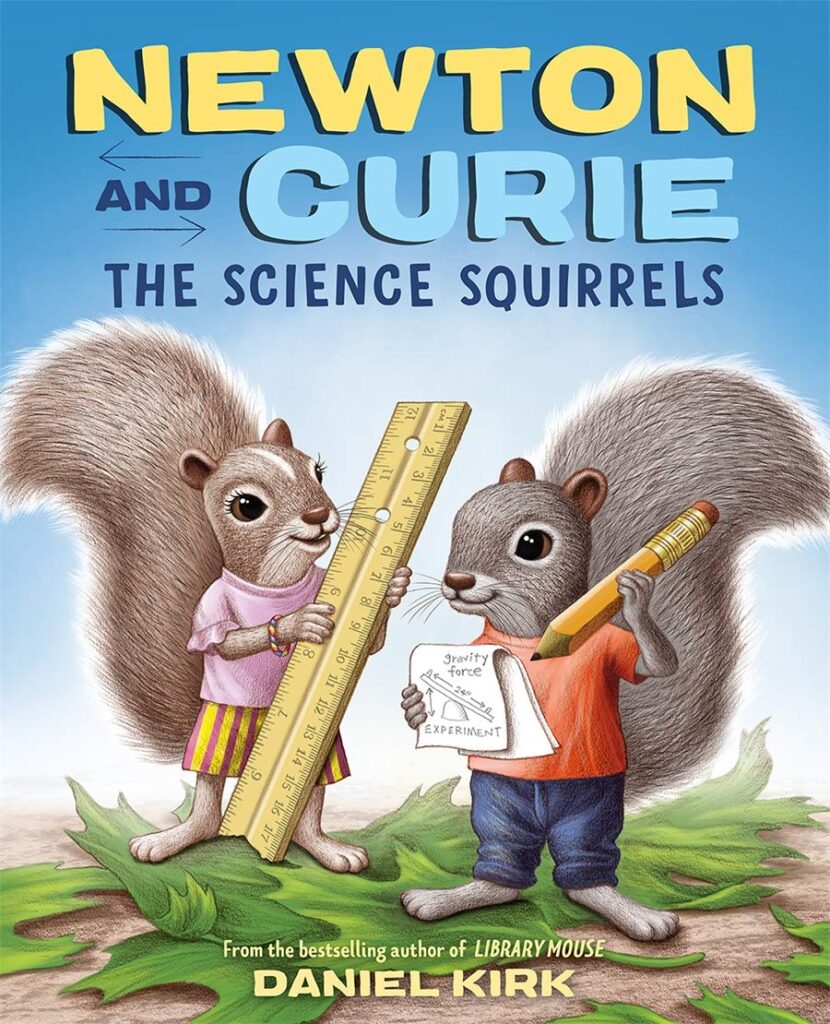
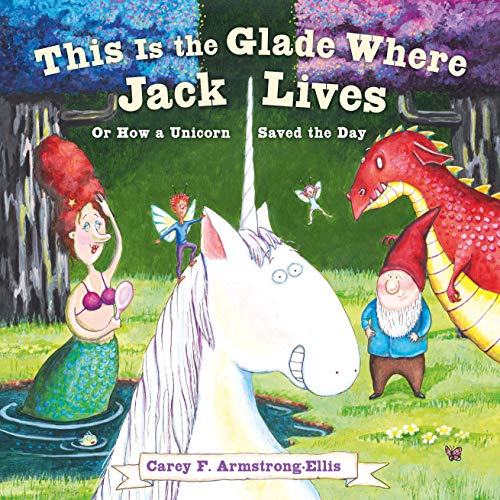


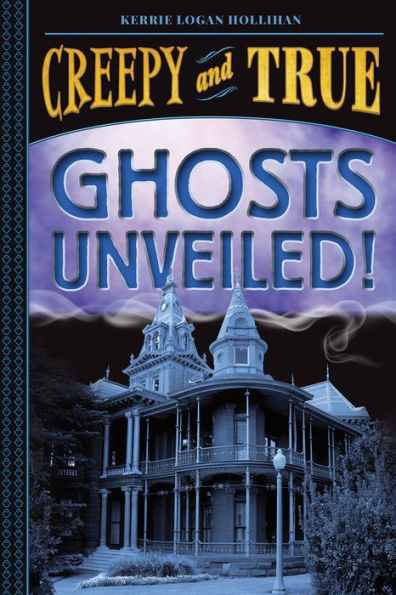
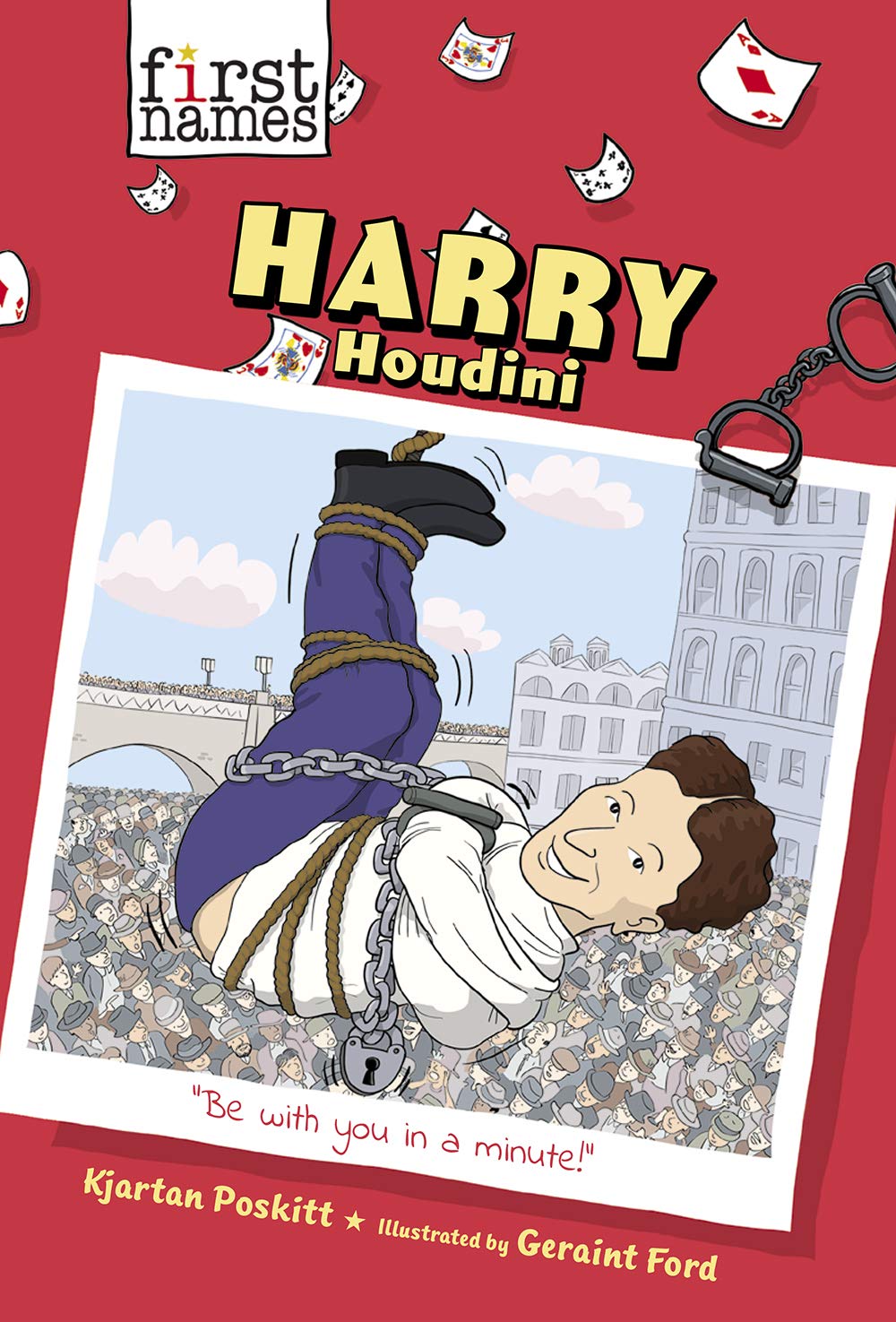
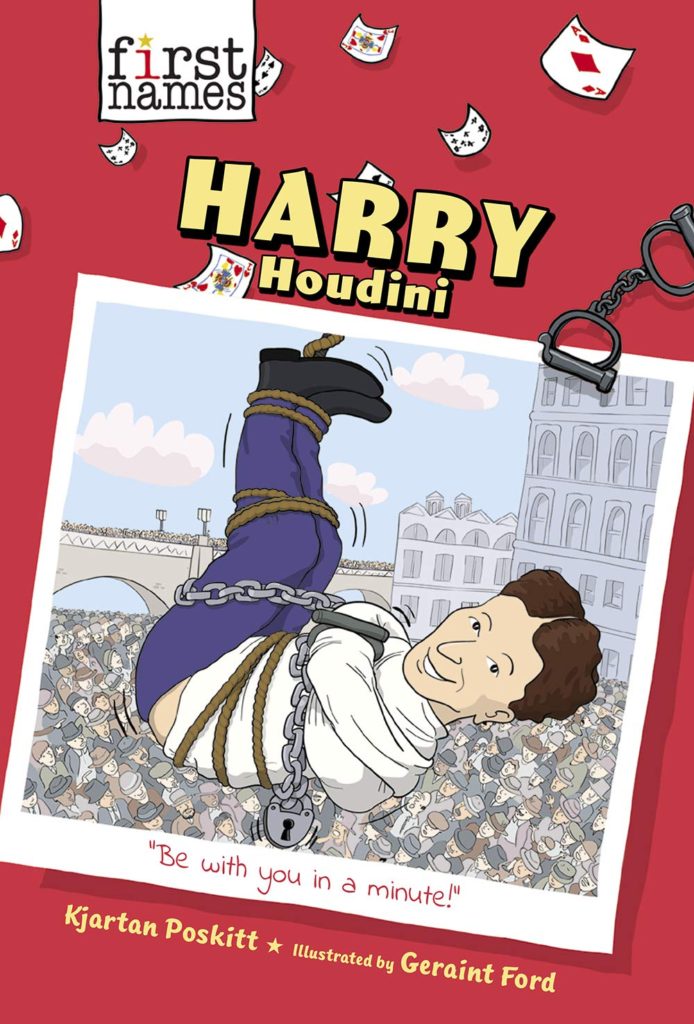


 Facebook
Facebook Twitter
Twitter Flickr
Flickr GooglePlus
GooglePlus Youtube
Youtube